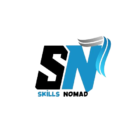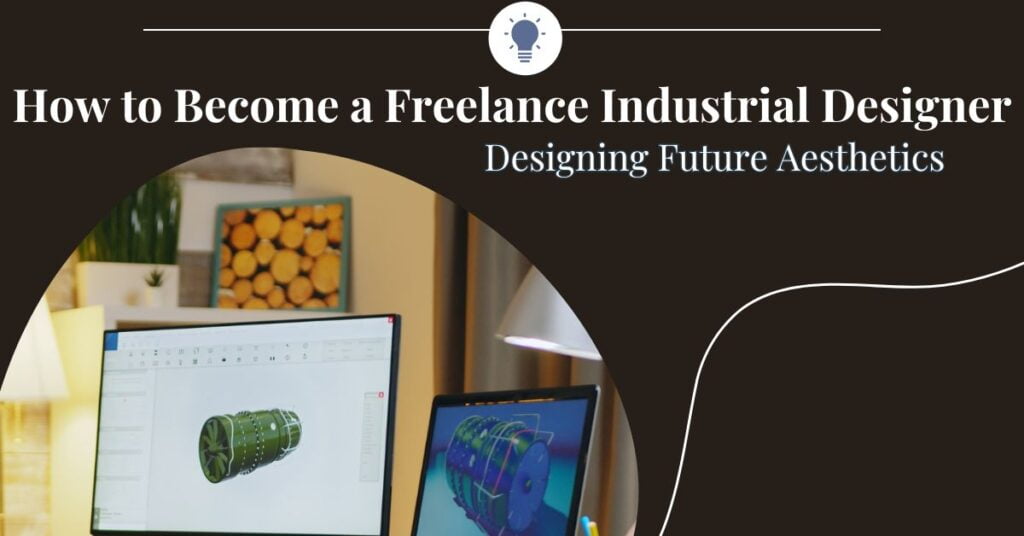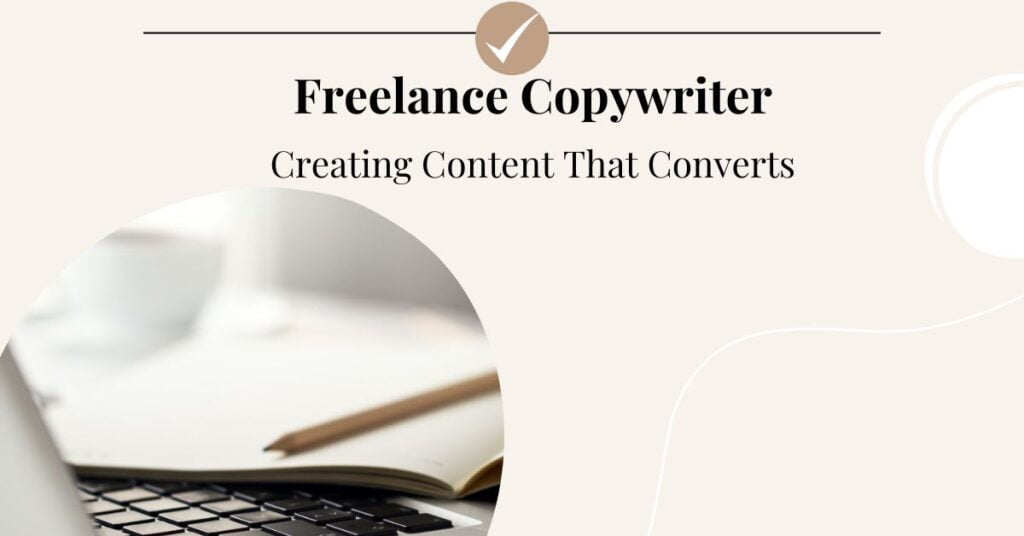Industrial design is the art of transforming ideas into tangible products that enhance our lives. From everyday items like the phones in our pockets to the chairs we sit in, industrial designers combine aesthetics, functionality, and user experience. If you’re passionate about design, innovation, and problem-solving, becoming a Freelance Industrial Designer might be a great career path for you. In this guide, You’ll explore the steps, skills, and strategies to launch your freelance journey in industrial design.
Steps to Get Started as a Freelance Industrial Designer
1. Gain Relevant Education
To begin on this creative journey, acquire a strong educational foundation. Typically, industrial designers hold a bachelor’s degree in industrial design, product design, or a related field such as engineering or architecture. These programs provide essential knowledge in:
- Design Principles: Understand the fundamentals of form, function, and aesthetics.
- Materials Science: Dive into the properties of various materials, from metals to polymers.
- Manufacturing Processes: Learn how products come to life, from sketches to prototypes.
- Computer-Aided Design (CAD): Master software tools like SolidWorks or Rhino for precise modeling.
Additionally, explore specialized areas such as sustainable design or user experience (UX) to enhance your expertise and stand out in the competitive freelance world.
2. Develop a Diverse Skill Set
As an industrial designer, versatility is your superpower. Develop the following skills:
- Sketching and Prototyping: Quickly communicate design concepts using pencil and paper.
- CAD Software: Dive into 3D modeling to create detailed designs and realistic renderings.
- Materials Knowledge: Understand different materials’ properties, strengths, and limitations.
- Problem-Solving: Tackle design challenges with creativity and practical solutions.
- Collaboration: Work seamlessly with engineers, marketers, and clients to bring ideas to life.
3. Build a Strong Portfolio
Your portfolio is your creative passport. Showcase a variety of projects that demonstrate your range and depth. Include:
- Concept Sketches: Share your initial ideas and thought process.
- Project Case Studies: Walk through your design journey, from research to final prototypes.
- User-Centered Designs: Highlight how your work improves people’s lives.
- Innovations: Showcase your ability to think outside the box.
Remember, your portfolio tells a story—make it engaging and memorable.
4. Gain Practical Experience
Hands-on experience is essential. Seek internships, apprenticeships, or freelance gigs with design firms. Participate in design competitions and collaborative projects. These opportunities allow you to:
- Apply academic knowledge in real-world scenarios.
- Receive feedback from seasoned designers.
- Understand the complexities of product development cycles.
Freelance Industrial Designer Hourly Rate
According to Upwork, industrial designers typically charge between $20 and $50 per hour on a platform.
Upwork
Conclusion
In conclusion, becoming a freelance industrial designer is an exciting journey that combines creativity with practicality. Confront the challenges, celebrate the victories, and keep improving your craft. As you design products that shape our world, remember that creativity knows no bounds. So, go forth, create, and leave your mark on the canvas of innovation.
FAQ’S
Yes, an industrial designer can transition to become an architect, although it requires additional education and training. This typically involves completing a Master of Architecture degree, which usually takes 2-3 years depending on prior coursework and experience. Additionally, aspiring architects must fulfill internship requirements and pass the Architect Registration Examination to become licensed professionals.
At a minimum, hold a bachelor’s degree in industrial design, architecture, engineering, or a related field.
Leverage platforms like Upwork, Toptal, or networks within design communities. Showcase your portfolio and show what you bring to the table.



